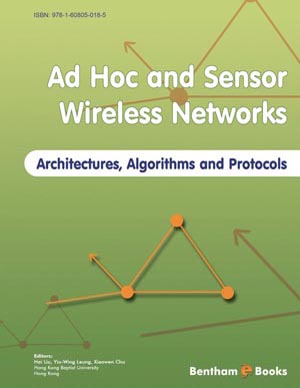Abstract
Chaotic systems are created by an underlying non-linear dynamics. In the previous chapter we explored the characteristics of chaotic systems. Objects under motion within an image can be modeled as aperiodic forcing functions impacting the amplitude response of the imaging sensors in computer vision. Recall from the previous chapter that systems undergoing aperiodic forcing functions exhibit chaos-like behavior. Interestingly, illumination changes in image sequences do not exhibit this chaos-like behavior, but rather exhibit very deterministic behavior that has very limited excursions in phase space. Recall systems can also exhibit spatial chaotic behavior and the amplitude variations across an image under varying textures will exhibit varying behavior in phase space. Also the traditional methods of analyzing texture through greylevel co-occurrence matrices is closely related to the reconstructed phase space analysis methods defined in the previous chapter. Thus chaos theory can provide a unifying framework for describing interesting temporal and spatial behavior in computer vision while providing an inherent immunity to even complex illumination changes.
Keywords: Temporal chaos, spatial chaos, texture, global illumination, spatiotemporal illumination, Lambertian model, Sparrow-Torrance Model, grey-level co-occurrence matrices, saturation, gamma correction.


















